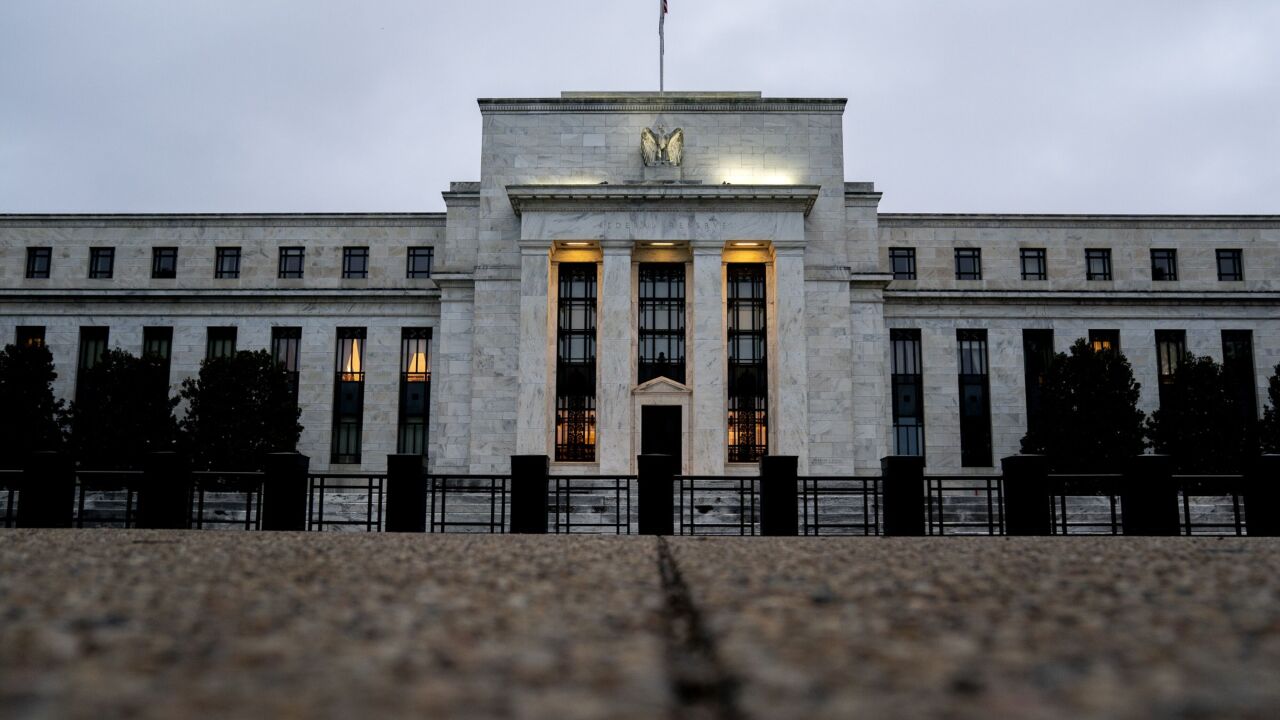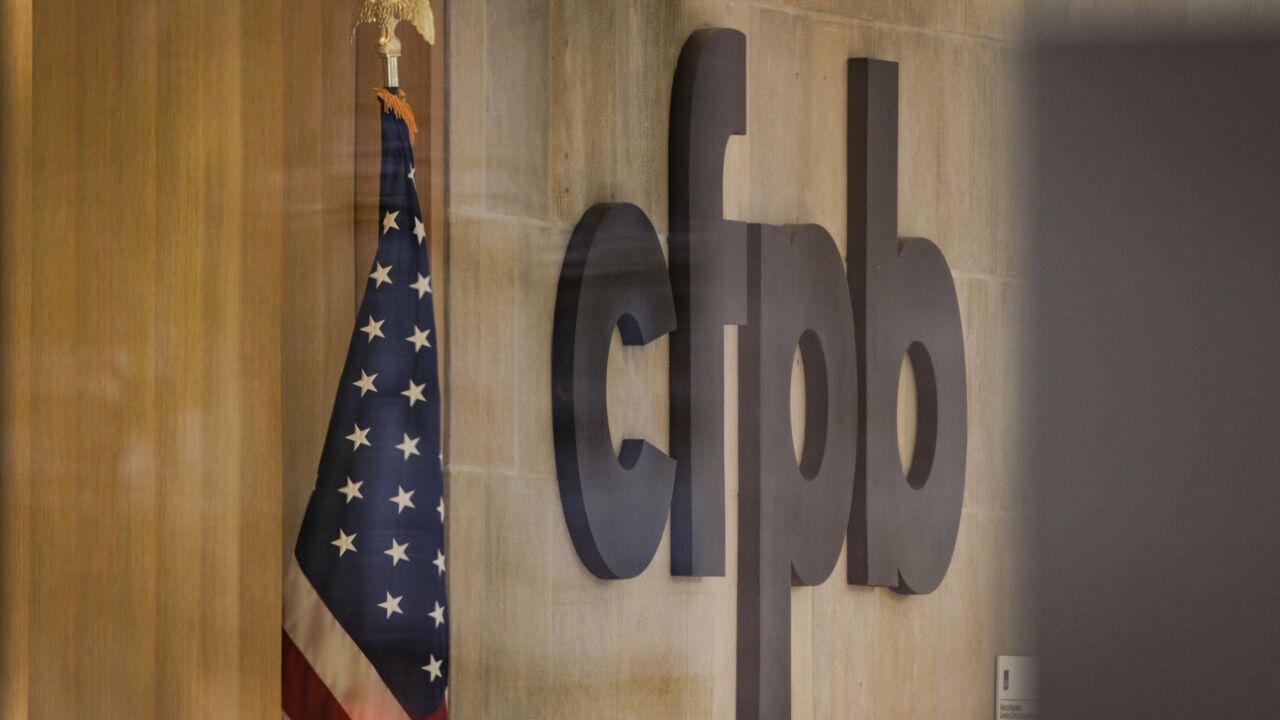
Well before the so-called Department of Government Efficiency descended on the federal government with its claimed efficiency mandate, the relatively unknown Federal Housing Finance Agency, or FHFA, announced it was pursuing "innovative and prudent steps to bolster and improve the
Citing lower operating costs from the merger of the Seattle and Des Moines banks in 2015, FHFA claimed authority to "consolidate and reorganize" the 11 Home Loan bank districts, provided there are eight remaining banks. The law creating FHFA (The Housing and Economic Recovery Act of 1988) charges its director with safety and soundness oversight, but also states FHFA should ensure the banks "foster liquid, efficient, competitive, and resilient national housing finance markets." No other federal financial regulator holds such a "dual mandate." In the "old days," meaning pre-Donald Trump, academics would have proclaimed that "public choice theory" could have prevented achieving FHFA's objective.
This theory contends that government agencies charged with operating in the "public interest" might instead pursue decisions redounding to their own benefit. For instance, agencies
When it comes to the
FHFA might maintain it needs new sources of revenue to maintain its efficiency when operating in a smaller system. But FHFA's budget is already large relative to its fellow regulators. Over the same 2023 period, the Office of the Comptroller of the Currency assessed the 1,062 entities it regulates a total of $1.12 billion to cover a larger menu of expense categories than FHFA's. This amounts to roughly $1.05 million per entity, suggesting the costs of supervising and regulating a Home Loan bank appear nine times larger than those for a national bank. But the OCC has multiple offices, compared to one for FHFA, and the institutions that the OCC examines typically have more complex (and risky) balance sheets than those of the 11 Home Loan banks. Perhaps FHFA's sizable budget is accounted for by the exercise of the second part of its dual mandate, but there is no evidence to support such a prospect. An alternative interpretation is that FHFA itself is an inefficient institution and perhaps a candidate for consolidation.
Three Democratic senators joined Republican colleagues to confirm the businessman, who previously voiced his support for easing government regulations.
Consistent with public choice theory, affected parties will lobby against a proposal to shrink the number of Home Loan banks. The main opposition will come from the banks themselves. The OF reports that total CEO compensation across the banks averaged $2.9 million in 2023. Staff sizes are relatively small, but compensation levels are high. The median total employee compensation ranged from $125,000 to $313,000 in 2023, according to the same source. Compensation for all Home Loan bank directors, according to FHFA, was $23.8 million, or about $2.2 million per bank, on average. Accordingly, none of the individual banks will "volunteer" to be reorganized out of existence. (Disclaimer: I received compensation over multiple years as a Home Loan bank director.)
But how will the members of the Home Loan Bank System, a network of cooperative institutions, view such a proposal? Member capital contributions underwrite the activities of the banks, and like all cooperatives, they receive periodic dividends on their investments. The Council of Federal Home Loan Banks, which describes itself as the system's "public voice" and maintains a Washington staff, presumably will urge system members (which are commercial banks, thrift institutions, credit unions, insurance companies and community development financial institutions) to oppose consolidation of the banks.
A primary argument will be that members need "regional representation," as reflected in the system's current geographical structure. But the vast majority of the business transactions between the Home Loan banks and their members are conducted online or by phone and location is largely irrelevant to a representative member institution. The importance of convenience and customer relations, which are paramount decision factors in mergers among members, play no significant role in a Federal Home Loan bank setting. Based on FHFA's own data, the present value of savings to members from merging three banks would exceed $1 billion.
Both economic theory and evidence support FHFA's view that consolidating the Home Loan banks will improve efficiency. The surviving banks will be more profitable than they otherwise would be, other things equal. Importantly, this will produce higher contributions into the Affordable Housing Program operated by the banks, which are calculated as a percentage of each bank's net income. Increasing support for affordable housing is a stated goal of FHFA.
The case for consolidation within the system is strong. Doing so is in members' interests, as they would pay smaller assessments and receive higher dividends. FHFA's goals of enhancing efficiency and providing more support for affordable housing would be accomplished. Based on the evidence out of Washington in the Trump regime, the "public choice theory" should be dead, with obvious implications for consolidating the Home Loan banks. If not, we will have learned a lot about who and what is driving public policy.






